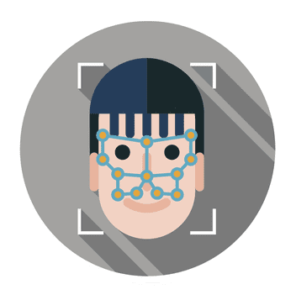“The aim is to enable police and security authorities to quickly identify almost any citizen in public using facial recognition technologies.”
Australia’s political leadership is looking to incorporate all of the country’s state-issued driver license photos into a federal database for the purposes of biometric identification, specifically with respect to combating terrorism.
Prime Minister Malcolm Turnbull has indicated that he will push for the measure along with other anti-terror initiatives at a national security meeting this Thursday, with the leaders of New South Wales and Victoria having preemptively announced their support for it.
The aim is to enable police and security authorities to quickly identify almost any citizen in public using facial recognition technologies. Speaking to ABC Radio, Turnbull framed it as an expansion of powers already in place, asserting that as much as half of Australian citizens’ face biometrics are already available to authorities via their passport photos.
Implementation of such a measure would represent one of the boldest steps toward mass surveillance among Western countries in recent history; a similar, secret initiative undertaken by the FBI caused an uproar in the US when it was uncovered last year.
The Australian government’s effort has taken shape in the wake of this weekend’s mass shooting at a Las Vegas country music concert, an incident that may have left many Australians feeling more receptive to stronger security measures and less concerned about their potential privacy rights violations. But it also arrives in the wake of America’s massive Equifax data breach, which has already prompted concern about whether the Australian government can adequately protect a database containing all Australians’ driver license data.
Other anti-terrorism measures to be proposed by the Turnbull government this week include a new federal detention law enabling authorities to hold terror suspects for 14 days, and the criminalization of the possession of bomb-making instructions and similar materials.
Sources: Sky News, The Sydney Morning Herald, BBC News
–
October 4, 2017 – by Alex Perala


Follow Us